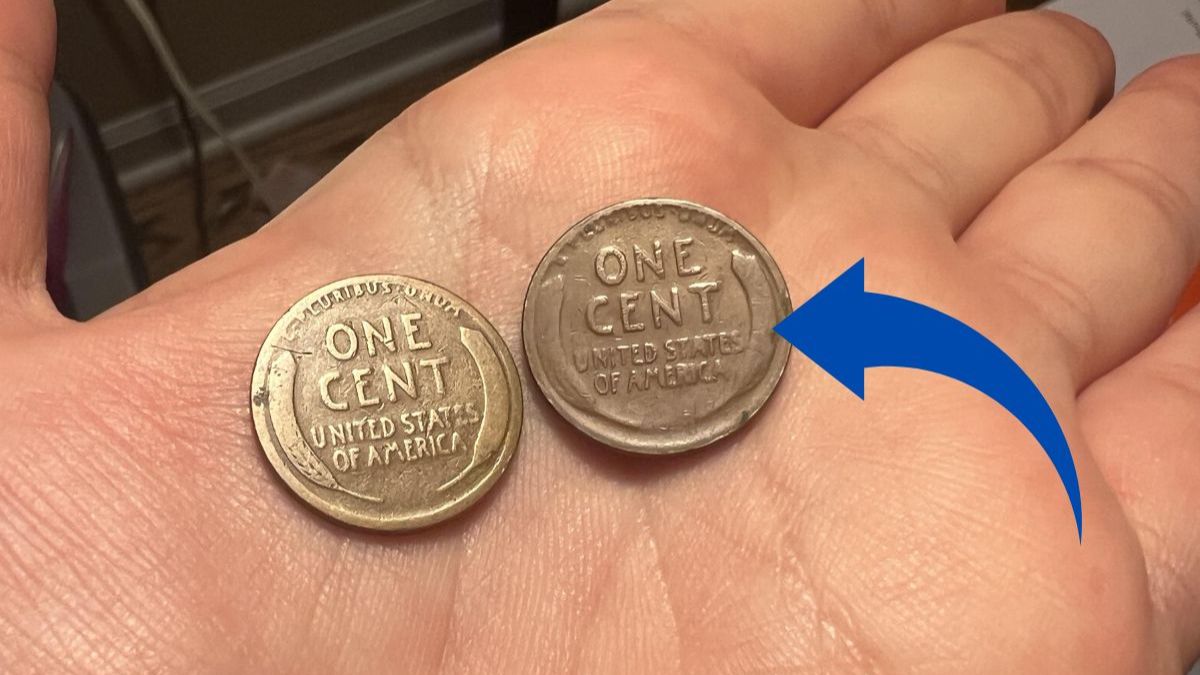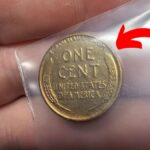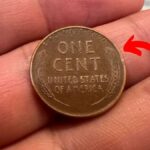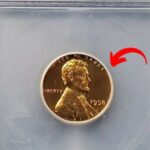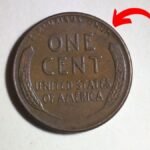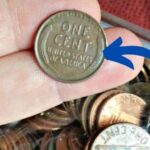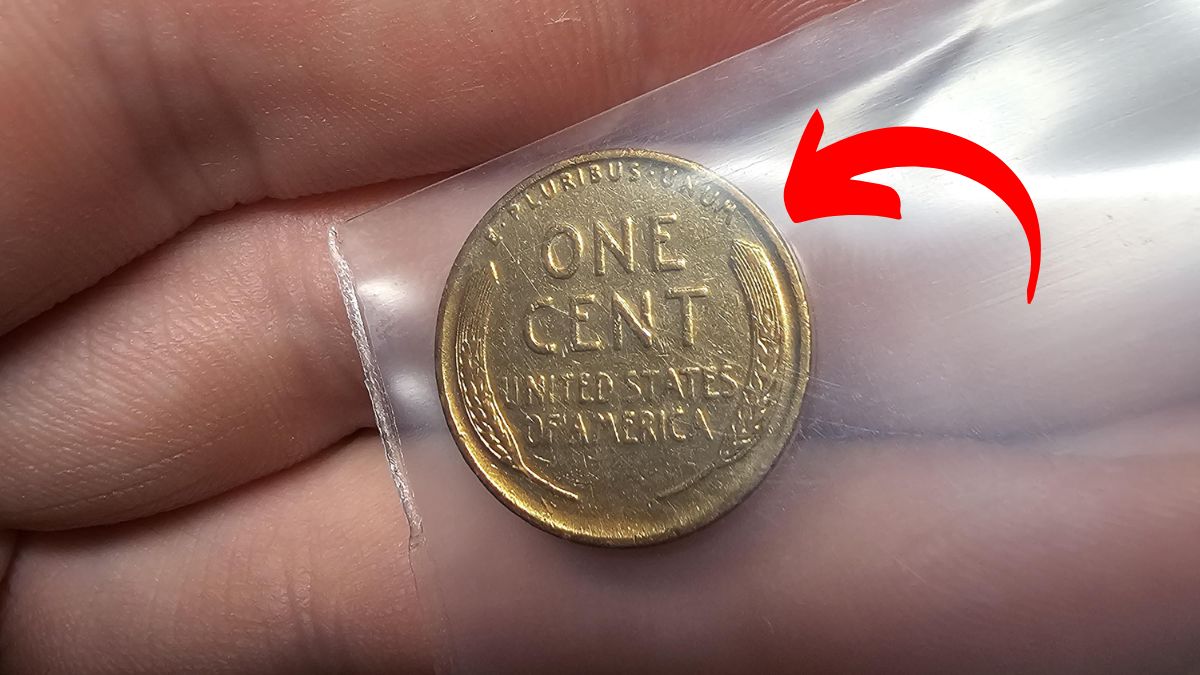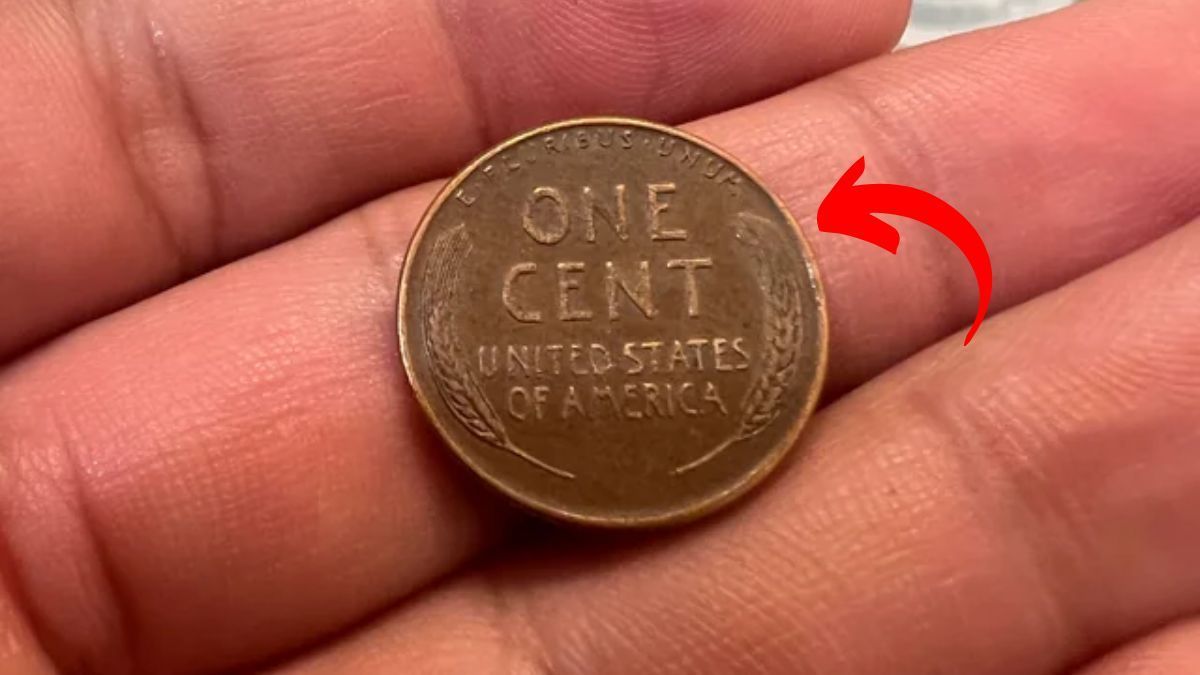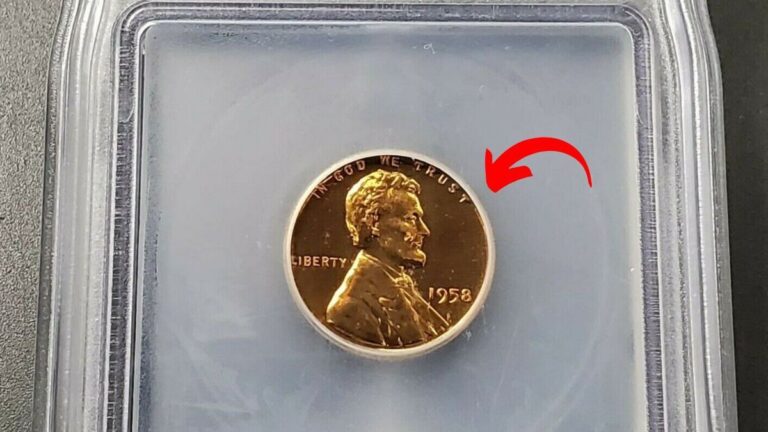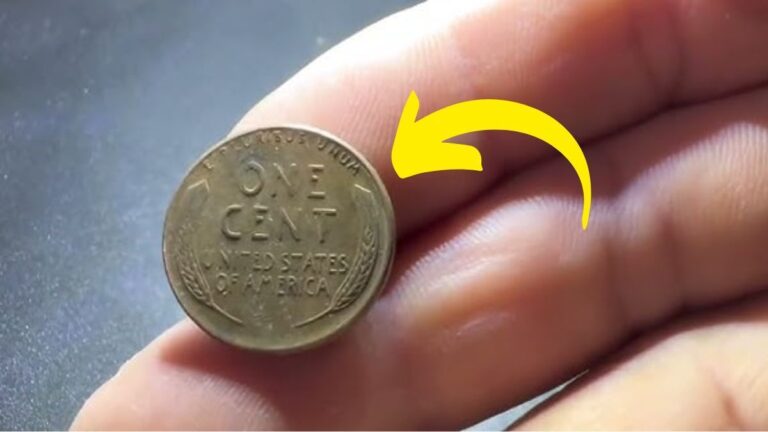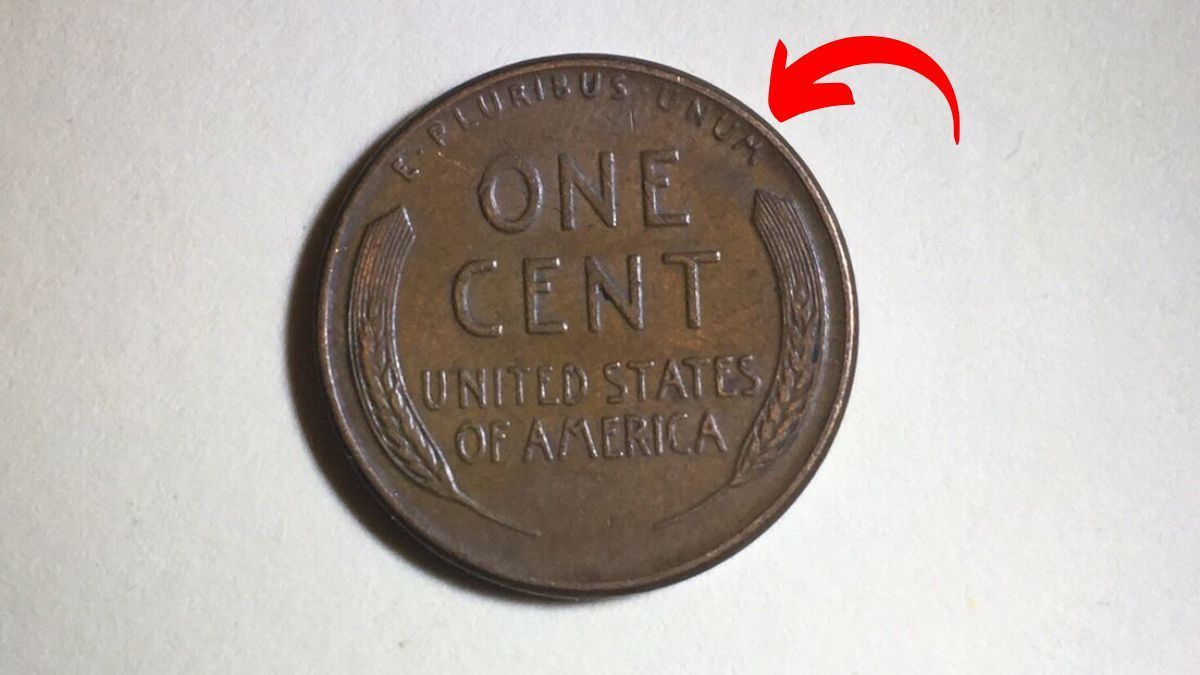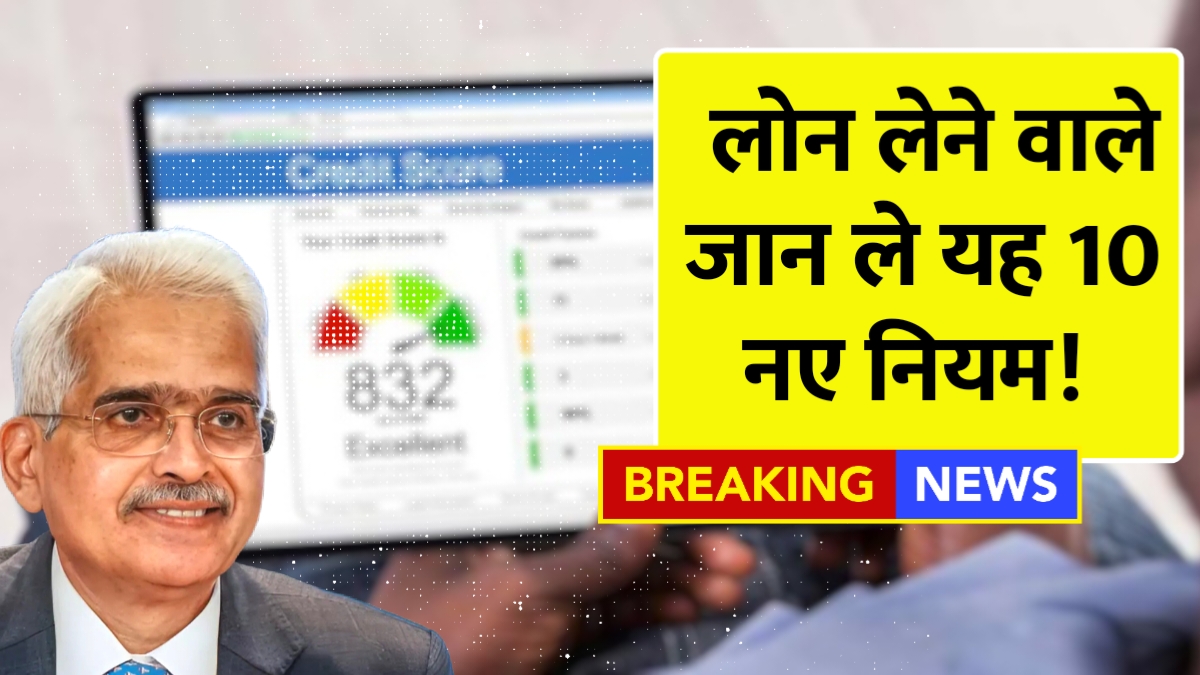Lincoln Wheat Penny Valued at $4.2 Million: Have you ever considered that a simple penny in your pocket could be worth millions of dollars? In an astonishing twist of numismatic fortune, certain Lincoln Wheat Pennies have been valued at a staggering $4.2 million. What makes this story particularly exciting is that some of these incredibly valuable coins may still be circulating today, passing from hand to hand unnoticed in everyday transactions. This possibility transforms ordinary pocket change into potential life-changing discoveries and has sparked a renewed interest in coin collecting across America.
The Humble Origins of the Lincoln Wheat Penny
The Lincoln Wheat Penny first entered American circulation in 1909 as a commemoration of President Abraham Lincoln’s 100th birthday. Designed by sculptor Victor D. Brenner, these distinctive coins featured Lincoln’s dignified profile on the front and two simple wheat stalks framing the words “ONE CENT” and “UNITED STATES OF AMERICA” on the reverse side. This design represented a significant milestone in American currency, as it was the first time a real historical figure appeared on a regular-issue U.S. coin, replacing the symbolic imagery that had dominated American coinage.
For nearly five decades, these pennies were a common sight in American pockets and cash registers, with the design remaining unchanged until 1958, when the wheat stalks were replaced with the Lincoln Memorial. During this long production run, billions of wheat pennies were produced at mints in Philadelphia, Denver, and San Francisco. While the vast majority of these coins hold minimal value today, certain rare variants have become some of the most sought-after treasures in the numismatic world.
The Wartime Error That Created a Multi-Million Dollar Coin
The most valuable Lincoln Wheat Penny—the one potentially worth $4.2 million—emerged from unique circumstances during World War II. In 1943, as copper became crucial for military equipment and ammunition, the U.S. Mint switched from the traditional bronze composition to zinc-coated steel for penny production. This change created the distinctive silvery “steel pennies” that were issued that year, allowing vital copper to be directed toward the war effort instead.
However, in a fascinating mistake, a small number of bronze planchets (the metal discs used to strike coins) from 1942 were accidentally left in the presses. When these leftover bronze blanks were struck with the 1943 design, they instantly became rare errors that would eventually be worth millions. Numismatic experts estimate that only a few dozen genuine 1943 bronze pennies exist, making them extraordinarily scarce and immensely valuable to collectors and investors.
Record-Breaking Values and Recent Sales
The extraordinary rarity of the 1943 Bronze Penny has driven its value to astronomical heights. In 2010, one of these pennies sold for an impressive $1.7 million at auction, setting a record at that time. More recently, another specimen changed hands for an astonishing $4.2 million, making it one of the most expensive pennies ever sold and cementing its status as a numismatic treasure. These record-breaking sales have only heightened interest in these coins, with collectors and investors eagerly searching for the remaining specimens that might still be undiscovered.
The combination of historical significance, extreme rarity, and the fascinating story behind their creation has made these error coins particularly desirable. Unlike many valuable collectibles that were recognized and preserved from the start, these pennies were accidentally released into regular circulation, where most were used for everyday transactions without anyone recognizing their true value for many years.
How to Identify a Potentially Valuable Lincoln Wheat Penny
For anyone hoping to discover one of these valuable coins, several key characteristics must be present. First and most critically, check the date—the most valuable specimens are from 1943 and made of bronze rather than steel. A simple but effective identification method is the magnet test: while the common steel pennies from 1943 will stick to a magnet, the rare bronze version will not because copper is non-magnetic.
The coin’s color is another important indicator. The valuable 1943 Bronze Penny displays a distinctive reddish-brown color, clearly different from the silvery appearance of the standard steel pennies from that year. Additionally, examining the mint mark—a small letter below the date that indicates where the coin was manufactured—can be important. The 1943 Bronze Pennies were minted in Philadelphia (no mint mark), Denver (“D”), and San Francisco (“S”), with all versions being extremely valuable.
Other Valuable Lincoln Wheat Pennies Worth Looking For
While the 1943 Bronze Penny is the superstar of the series with its potential $4.2 million value, several other Lincoln Wheat Pennies also command impressive prices. The 1909-S VDB Penny, featuring the designer’s initials and minted in limited quantities at the San Francisco mint, can be worth between $1,000 and $50,000 depending on its condition. The 1914-D Penny is valued between $5,000 and $150,000 due to its low production numbers.
Another notable rarity is the 1922 “No D” Penny, which is missing its Denver mint mark due to worn dies, potentially worth between $10,000 and $80,000. The 1944 Steel Penny—an error coin created when leftover steel planchets from 1943 were accidentally used after the mint had switched back to bronze—can be worth up to $500,000. These examples demonstrate that several Wheat Pennies beyond the famous 1943 bronze version could represent significant discoveries.
What to Do If You Think You’ve Found a Valuable Penny
If you believe you’ve discovered a rare Lincoln Wheat Penny, there are several important steps to take to protect your potential fortune. First and foremost, handle the coin carefully by its edges to prevent damage, and avoid cleaning it—improper cleaning can significantly reduce a coin’s value. Store it in a protective holder to prevent further wear or environmental damage while you seek professional evaluation.
The next crucial step is verification of authenticity. Take your coin to a reputable dealer or consider submitting it to a professional grading service like PCGS (Professional Coin Grading Service) or NGC (Numismatic Guaranty Corporation). These organizations can authenticate your find and provide an official grade that will establish its condition and value. With coins potentially worth millions, professional authentication is an essential investment that can protect you from counterfeits and establish the true value of your discovery.
Where to Sell a Valuable Lincoln Penny
If you’re fortunate enough to discover a valuable Lincoln Wheat Penny, several options exist for selling your find. Reputable coin dealers can offer immediate payment, though possibly at a price below maximum market value. Online auction platforms specializing in numismatics, such as Heritage Auctions or Stack’s Bowers, can connect you with dedicated collectors willing to pay premium prices for rare specimens.
Attending coin shows provides opportunities to meet multiple dealers and get competitive offers. For extremely valuable coins like the 1943 Bronze Penny, major auction houses that specialize in rare collectibles may offer the best potential return, as they can market your coin to the world’s most serious collectors and investors. Whatever route you choose, working with established, reputable businesses is essential when dealing with items of such significant value.
Disclaimer
The information provided in this article is for educational and informational purposes only. The values mentioned for rare coins, including the Lincoln Wheat Penny, are based on reported sales and current market estimates but are subject to change. Coin values can vary significantly based on condition, market demand, and authentication.
Always consult with qualified numismatic experts before making any coin-related purchases or investment decisions. Professional authentication is essential for valuable coins. The author and publisher are not responsible for financial decisions made based on this information.
